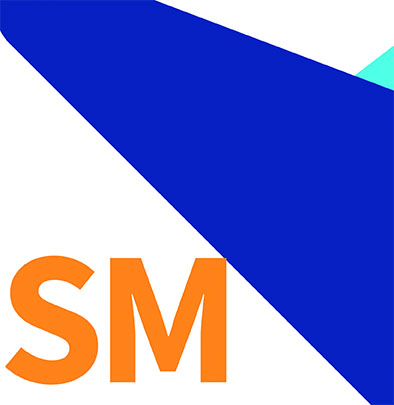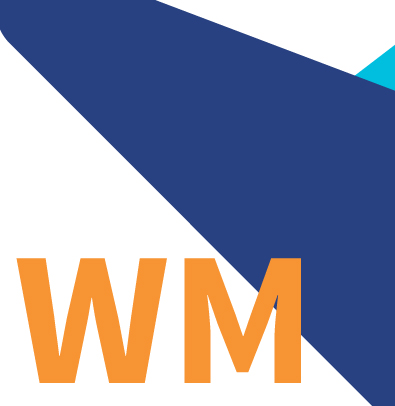Use and Impact of Savings Services among Low Income People in South Africa
by Sibusiso Moyo, David Musona, Wilfred Mbhele and Gerhard Coetzee
Mar 1, 2002
1 min
This paper discusses how low-income people in South Africa (SA) save, how they use different savings services/systems and the impact of these savings facilities on their household budgets/lives.
This paper discusses how low-income people in South Africa (SA) save, how they use different savings services/systems and the impact of these savings facilities on their household budgets/lives. It also discusses how these findings would improve Ithala Bank’s and other institutions’ efforts to mobilize savings. Specifically, the paper:
Studies savings services used and not used by low income people; Examines the perceived advantages and disadvantages of these savings services; Assesses the socio-economic characteristics of the people using them;
Explores how savings services are used to manage household income; Investigates why some people save in kind and which financial services may induce them to start monetary savings; Draws lessons for Ithala and other financial institutions seeking to develop poor-responsive savings services.
The methodology that the study uses is: Focus group discussions; Interviews with low-income people and Ithala officials.
The findings of the paper are:
35 savings products were in use – 17 were Ithala products. The most used products were: Short-term loans from moneylenders; Cash saving through Accumulating Savings and Credit associations (ASCAs); Targeted savings through Ithala; Funeral schemes or burial societies. Ithala had intense competition from informal sector products. Most Ithala clients were low-income people of low literacy, and a significant number were senior citizens; Use of informal sector products was greater than that of the Ithala products. The paper concludes by recommending that Ithala should incorporate some informal sector features into existing and future products.
 by
by  Mar 1, 2002
Mar 1, 2002 1 min
1 min 



Leave comments